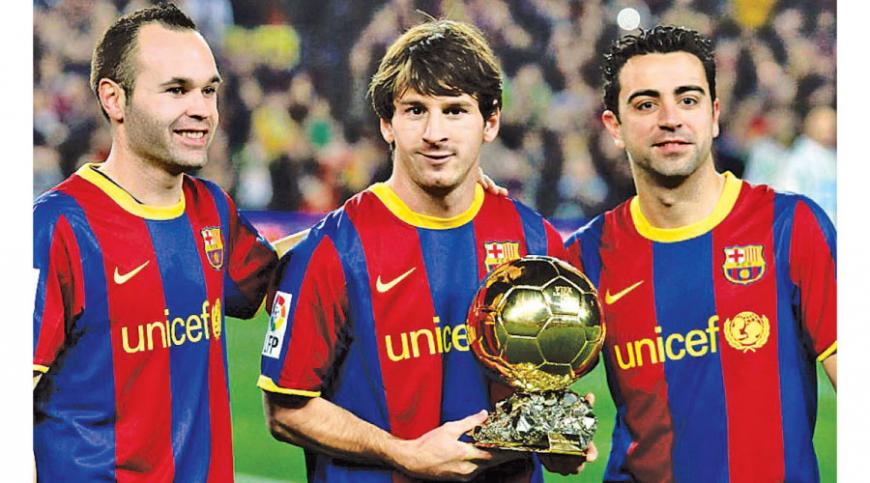
Futsal, which is a shorter and smaller version of football, is growing fast in many countries but is very slow in catching up in Sri Lanka. There is no major Futsal tournament or a governing body for the sport in Sri Lanka yet. However, a few competitions are held among a few school teams now and then.
The last competition was conducted among International schools, for those over 16 years, and this was won by British School in Colombo which was played at Thurstan College grounds last week.
The first Futsal tournament (it seems) was held many years ago and played among leading school teams at the Astro turf hockey ground organised by SriLankaSports.com website. The tournament was won by Zahira College who displayed great individual skills to dominate the tournament. The tournament was organised in conjunction with the Football Federation of Sri Lanka. There has not been a tournament of significance after that.
Features
Futsal is played between two teams of five players each, one of whom is the goalkeeper. Unlimited substitutions are permitted. Unlike some other forms of indoor football, the game is played on a hard court surface delimited by lines; walls or boards are not used. Futsal is also played with a smaller, harder, low-bounce ball. The surface, ball and rules together favour ball control and passing in small spaces. The game’s ‘emphasis is on improvisation, creativity and technique.’
Futsal is essentially football with a twist (and a lot less number of rules). With the small nature of the pitch, the players playing in the league need to have much more close control and better technique on the ball.
Futsal games are mostly littered with wonderful skill and occasions of showboating and tends to be a lot more entertaining than traditional football, as individual skill takes the front seat over tactics and formations.
The Ball
A futsal ball is normally of the circumference of 62 -64 cm, but the ball’s bladder is filled with foam as opposed to air in a traditional football. The logic behind this is due to the hard surface a normal football would bounce high on a hard pitch, but a futsal ball being slightly heavier bounces a maximum of 65 cm if dropped from a height of 2 metres.
The game is played in two halves of twenty minutes each, the time stops for every dead ball like in a basketball game (eliminating the concept of injury time). There is a break of fifteen minutes between each half.
There are three referees for each game, two who officiate the games from the touchline, one on each side, one (who is on the side of the timekeeper) communicates with the timekeeper whenever needed. The third official is on the timekeepers table who keeps track of both team’s benches.
There is no offside rule. Thank god for that.
Origins
Futsal was originally developed in Montevideo, Uruguay, in 1930, when a local coach grew tired of cancelling matches and training sessions due to rain-soaked pitches and so created a version of football that could be played in smaller indoor sports halls.
The first international futsal competition was held in 1965 and the game has grown rapidly around the world since then, with FIFA estimating that around 30 million people now play futsal globally. The first FIFA Futsal World Cup was held in 1989 and has since featured 47 different countries, with Brazil winning five of the eight tournaments. The current reigning men’s champions, however, are Buenos Aires 2018 host nation Argentina.
The nature of this game places a large emphasis on technical ability and agility and is consequently an excellent breeding ground for football skills that can be translated into the 11-a-side format of the game. The surface, ball and rules create an emphasis on improvisation, creativity and technique as well as ball control and passing in small spaces, leading to a fast-paced game full of excitement and liveliness.
Many of the world’s best football players grew up playing futsal, with the limited space and constant opponent pressure helping to improve their ball control skills and technique. Among those to have started out playing futsal was Argentinian football legend Lionel Messi, “As a little boy in Argentina, I played futsal on the streets and for my club. It was tremendous fun, and it really helped me become who I am today,” says the Olympic gold medallist and five-time World Player of the Year. Other stars of the game who have hailed futsal’s role in their careers are Cristiano Ronaldo, Xavi, Andrés Iniesta and another Olympic champion, Neymar. (TB)
